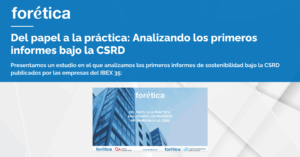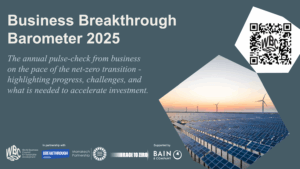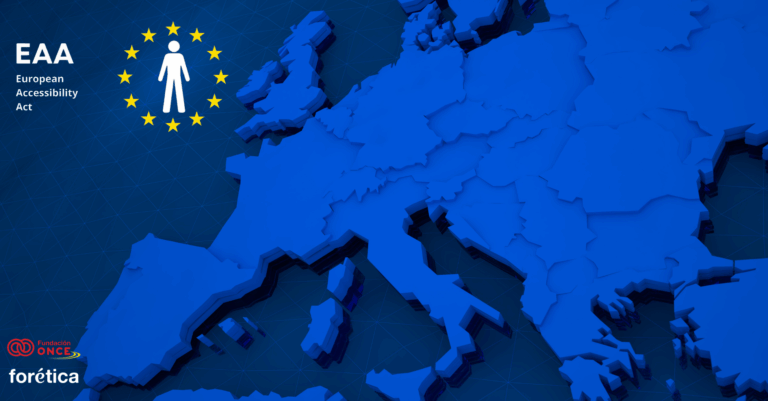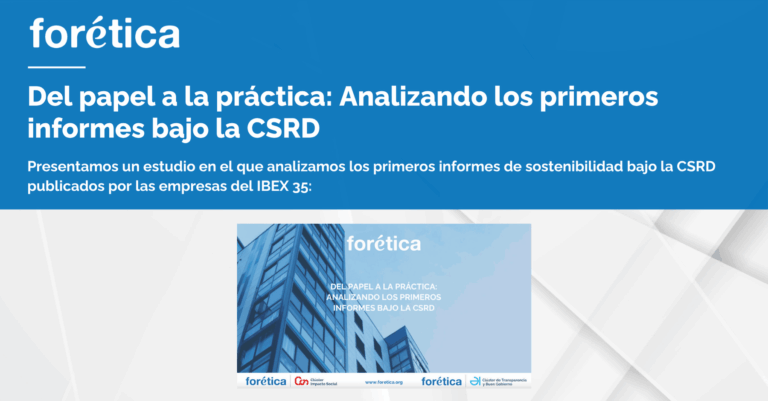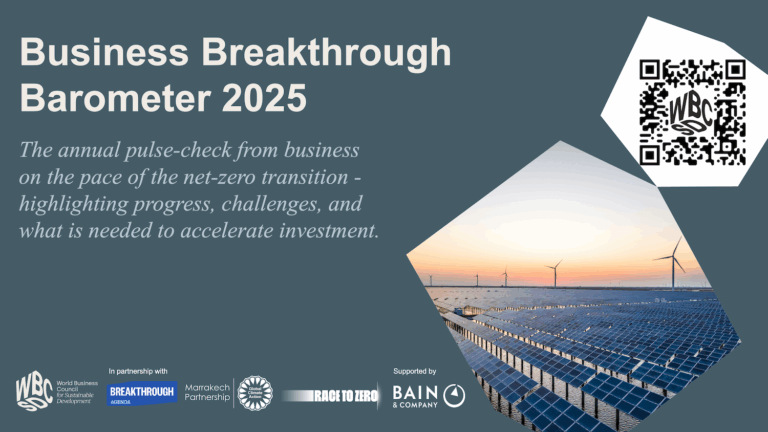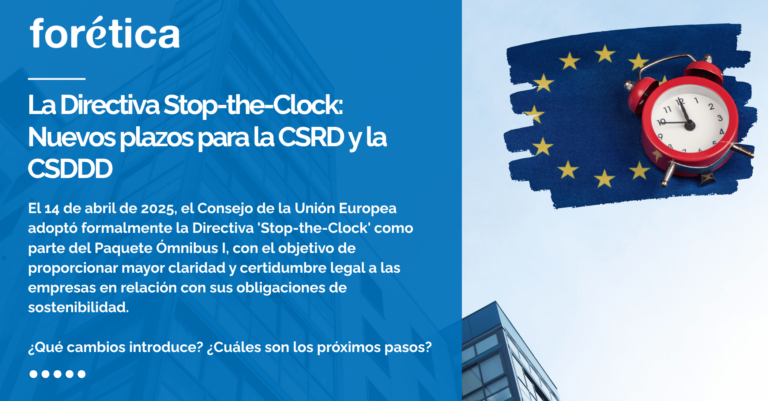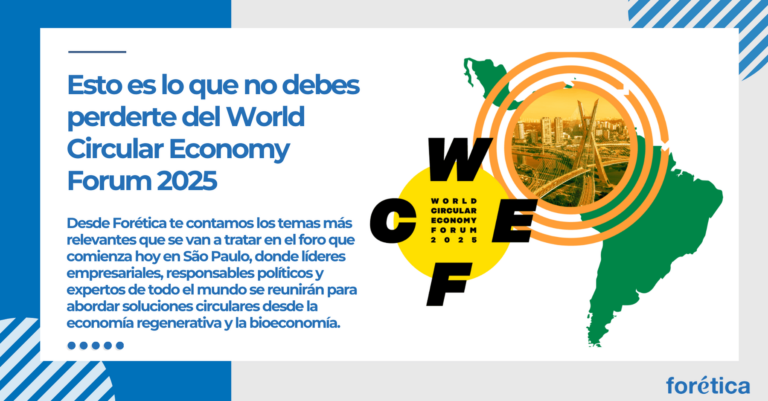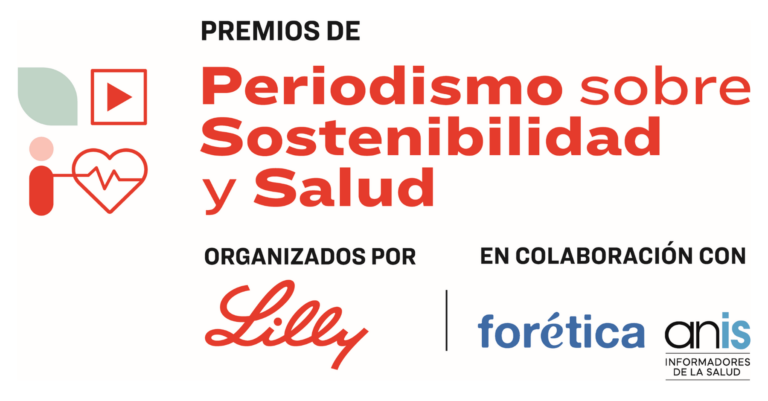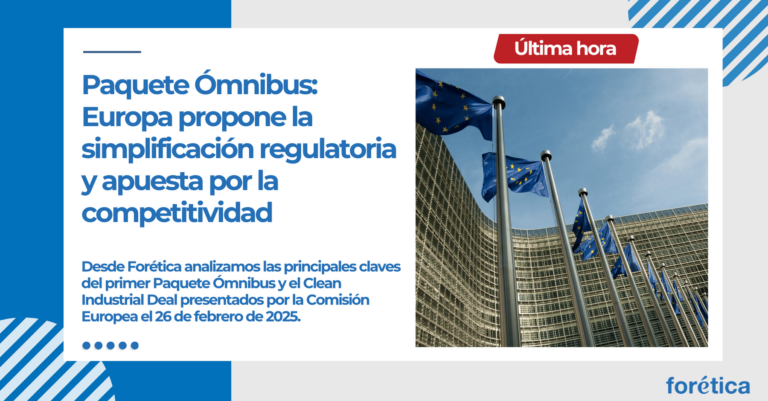El compromiso del sector privado en la lucha contra el cambio climático es crítico para cumplir con los Acuerdos de París. Y para ello, es importante que las empresas se propongan metas claras y cuantificables para transitar hacia una economía baja en carbono. Existen diferentes formas de marcarse unos objetivos, desde la pura aleatoriedad a la máxima rigurosidad. Establecer unos science-based targets entra dentro de la segunda categoría, ya que implica fijar unos objetivos basados en la ciencia climática que, en la actualidad, propone limitar el calentamiento global por debajo de los 2 grados con respecto a las temperaturas preindustriales.
Y digo en la actualidad, porque el reciente Informe Especial sobre el Calentamiento Global de 1.5 °C, publicado por el Grupo Intergubernamental de Expertos sobre el Cambio Climático (IPCC) y que será un input científico fundamental para la revisión de los avances por parte de los gobiernos en la COP 24, urge a considerar el escenario de limitar el aumento de temperatura global a 1.5 °C. Su principal aportación es que se necesitan cambios rápidos, de gran alcance y sin precedentes si se quieren impedir las consecuencias irreversibles del cambio climático[1]; muchas de las cuales se evitarían con la limitación a 1,5 °C en vez de a 2 °C[2].
Pero hasta que la comunidad internacional no diga lo contrario, la cifra que aquellos que trabajamos en materia de cambio climático tenemos más en mente es la de 2 °C. Por ello, establecer un objetivo basado en la ciencia puede ser una señal definitiva de cara al mercado y a los diferentes grupos de interés sobre nuestro compromiso climático. De esta forma estaremos yendo más allá, incluso, de la mayoría de gobiernos cuyos Compromisos Nacionales Determinados (NDC por sus siglas en inglés), no son todavía suficientemente ambiciosos y nos dejan en unas previsiones de aumento de las temperaturas de 3,2 °C para el año 2100.
La iniciativa Science-Based Targets initiatives (SBTi) -que cuenta como organizaciones partner con CDP, Global Compact, World Resource Institute y WWF- propone a las entidades establecer este tipo de objetivos, es decir, trazar una hoja de ruta clara preparada para el futuro que detalle cuánto y a qué velocidad van a reducir las emisiones de gases de efecto invernadero.
De las 498 empresas[3] de 40 países comprometidas con la fijación de un science-based target, un 36 % ya lo ha publicado. Tras la firma del compromiso y su remisión a SBTi, lo primero es conocer la situación de partida (año base y volumen de emisiones que se produjeron en el mismo). Además, se tendrá que elegir una de las seis metodologías determinadas por SBTi, que se dividen en tres categorías: términos económicos, términos absolutos y sectoriales. La propia SBTi recomienda los dos últimos, aunque la más utilizada hasta el momento, es la sectorial que cuenta con guías específicas para las siguientes tipologías de actividad: instituciones financieras, petróleo y gas, química, textil y calzado y transporte.
A continuación, se definirá una hoja de ruta que incluya los objetivos de reducción de cada alcance[4], se realizará una propuesta de escenarios –identificando las variables que van a determinar la evolución de las emisiones- y se desarrollarán varios ejercicios de proyección de emisiones de GEI con la introducción de las medidas seleccionadas en cada escenario correspondiente. Una vez evaluadas las medidas iniciales, su priorización y el cálculo de las necesidades adicionales de reducción, si las hubiera, se confirmarán los indicadores de Monitorización, Reporte y Verificación (MRV).
Por último, la empresa deberá inscribirse en la iniciativa SBTi y completar el formulario “Science Based Target Form” que permite al equipo de SBTi revisar el objetivo aprobado por la organización contra los criterios de elegibilidad. Después de la comprobación de que los objetivos definidos están efectivamente alineados con la ciencia y cumplen con los requisitos establecidos por SBTi, la empresa será incluida y exhibida en la página web.
Algunos se preguntarán sobre cuáles son los beneficios, aparte de la buena percepción por parte de la sociedad y otros grupos de interés, de emplear esfuerzos y recursos en fijar un objetivo basado en la ciencia. Entre ellos encontramos el incremento de la innovación, la reducción de la incertidumbre regulatorio, aumento de la credibilidad por parte de los inversores y mejora de la rentabilidad y la competitividad, según las propias empresas que ya han dado el paso.
Por el momento, casi 500 empresas ya han tomado la iniciativa al comprometerse con la propuesta, entre ellas 18 empresas españolas de las cuales 8 pertenecen al Clúster de Cambio Climático (Correos, Enagás, Ferrovial, Gestamp, Meliá International Hotels, Naturgy, OHL y Red Eléctrica), y cuatro han publicado ya sus objetivos, entre las que se encuentran Ferrovial y Red Eléctrica.
Desde Forética apoyamos cualquier herramienta que facilite la transición hacia una economía baja en carbono más resiliente para empresas y organizaciones y que, ojalá, nos permitan llegar al objetivo 1.5 °C. Y los science-based targets están probando ser una buena solución para un creciente número de empresas, que están inspirando la acción climática.
Para más información, la organización Carbon Trust organiza una serie de webinars donde se compartirán retos y beneficios sobre la implantación de science-based targets.
[1] En este post de Forética puedes acceder a conclusiones más detalladas
[2] Dada la importancia de las conclusiones de este informe, SBTi las tendrá en cuenta en su proceso de revisión anual para valorar posibles cambios en su metodología. Más información aquí.
[3] A fecha 12 de noviembre de 2018
[4] Alcance 1 y 2 obligatorios, alcance 3 solo si es más del 40 % del total de las emisiones del sector



